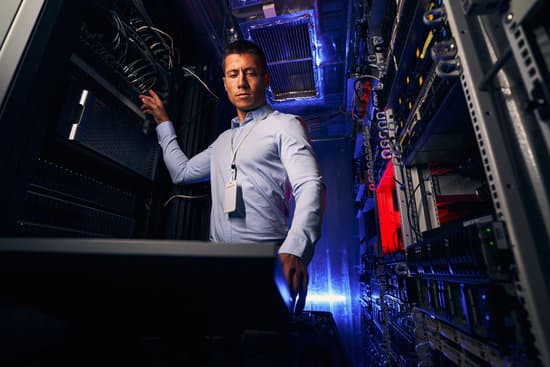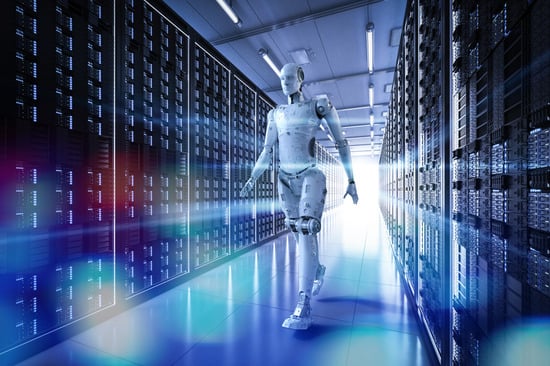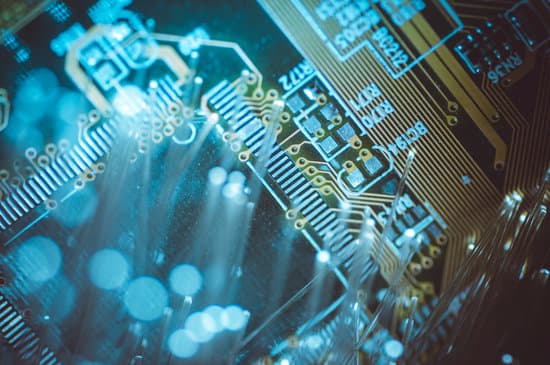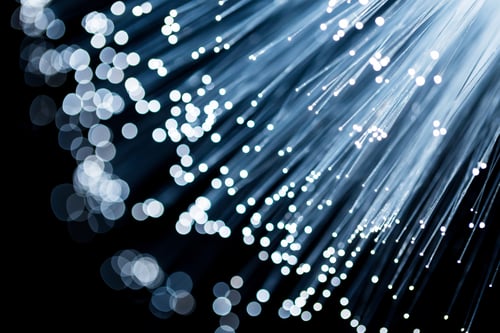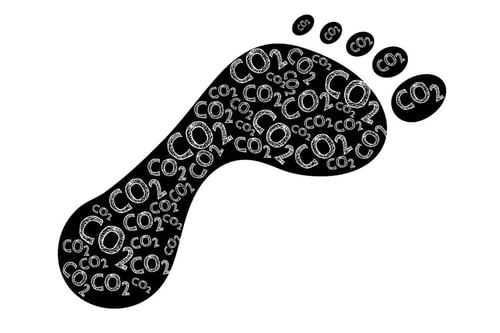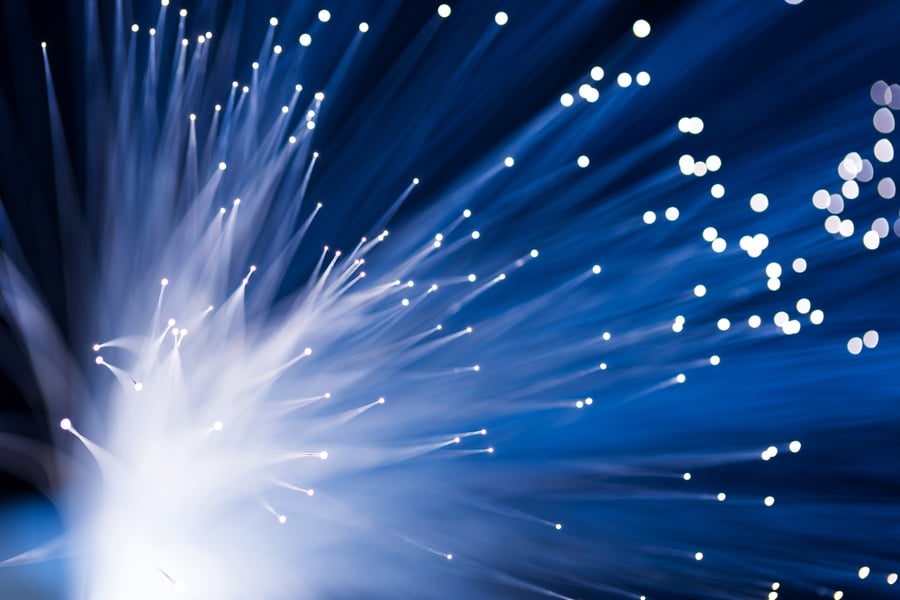
Fiber optic cables are a critical component of the modern data center, providing faster speeds and lower latency which is essential for businesses and organizations to stay competitive and meet the high-speed data transfer needs of their customers.
While data center speeds have been in a period of constant growth with 10G, 25G and 40G bandwidth now giving away to 100G, digital demands are requiring cabling that meets reliability, security, scalability, and energy efficiency requirements.
“For the data center operator, a time to sit back and rest on your laurels simply does not exist,” says Compass Data Centers, which provides move-in ready facilities from the edge to the core. “Just when you thought you could take a moment to catch your breath, you find that your network just might not be quite fast enough to support that new public cloud initiative or enable the company to begin to handle the inrush of packets that is the Internet of Things (IoT).”
IEEE Issues New Standards for Higher Speeds, Smother Transfers
In January 2023, the IEEE Standards Association issued new specifications for higher ethernet, smoother data transfer, and increased range.
“Digital connectivity is fundamental to modern life, and Ethernet networking technology is a major enabler of that connectivity,” said the IEEE SA Working Groups. “Ethernet is a continuously evolving set of standards-based networking protocols that enable manufacturers and providers of a wide variety of devices to focus on developing new products and services that address market opportunities, without having to devote time, attention, and resources to solving connectivity challenges.”
Data centers operators will pay close attention to the highlights of the IEEE Standards Association announcement which includes:
- IEEE 802.3ck addresses the need for data transfer at 100 Gb/s per electrical lane, to help reduce costs for developers and users in high-performance computing and data-intensive applications.
- IEEE 802.3db specifies the use of 100 Gb/s wavelengths over multimode fiber for server attachment and machine learning clusters. It will enable users to take advantage of the massive base of multimode fiber in enterprise data centers.
- IEEE 802.3cs defines Super-PON and will enable operators to dramatically reduce the time and cost needed to extend the reach of their networks.
“The continuing development of new Ethernet technical standards over nearly four decades, while maintaining backward compatibility with existing devices, has led to Ethernet’s growing use in diverse applications including local area networks, metropolitan area networks, wide area networks, telecommunications infrastructure, automotive systems, and operational technology (OT) settings,” said the IEEE SA Working Groups.
The Need for Speed and Fiber Optic Cables in Data Centers
The speed of fiber optic cables is critically important in data centers as it directly affects the performance and reliability of the data center's network.
Fiber optic cables provide high-speed data transmission over long distances, and they are the backbone of modern data centers.
The advantages Fiber optic cables offer over traditional copper cables include:
- Higher Bandwidth
- Lower Latency
- Better Resistance to Electromagnetic Interference
With the increasing demand for high-speed data transfer and the growing size of data center networks, the speed of fiber optic cables is becoming even more critical.
In data centers, fiber optic cables are used to connect:
- Servers
- Storage Devices
- Switches
- Routers
The faster the fiber optic cables, the faster the data can be transferred between these components, reducing latency, and improving the overall performance of the data center network.
The increasing use of cloud computing and big data applications means that the demand for faster data transfer rates is only going to increase – making the speed of fiber optic cables an essential consideration for data center managers and network engineers when designing and upgrading data center networks.
Lower Latency of Fiber Optic Cables Also a Critical Factor
The lower latency of fiber optic cables is very important in data centers, as it directly impacts the speed and efficiency of data transmission.
In data centers, information is constantly being sent and received between servers, storage devices, and networking equipment, and any delay in transmission can significantly impact performance.
Fiber optic cables have significantly lower latency than traditional copper cables, as they are capable of transmitting data at the speed of light. This means that they can transmit data much faster and more efficiently, resulting in lower latency and improved performance.
In today’s data center environment, lower latency can lead to:
- Faster Data Processing
- Reduced Lag Times
- Increased Responsiveness
Lower latency is crucial for applications that require real-time processing and rapid data transfer. This is particularly important in industries where even the slightest delay can have significant consequences such as:
- Finance
- Gaming
- Healthcare
Overall, the lower latency of fiber optic cables is a critical factor in ensuring the performance, reliability, and efficiency of data center operations.
The Advantages that Fiber Optic Cables Provide to Data Centers
The advantages that fiber optic cables provide to data centers lie in how these thin as human hair glass or plastic fibers send data through networks as pulses of light beams. The net effect of fiber optic data delivery is:
Speed: Fiber optic cables can transmit data at speeds of up to 200 Gbps, which is much faster than the speeds of copper cables. This makes fiber optic cables ideal for high-speed data transfer, such as for cloud computing and big data applications.
Latency: Fiber optic cables have very low latency, which means that there is very little delay between when data is transmitted and when it is received. This makes fiber optic cables ideal for applications that require real-time data transfer, such as online gaming and video conferencing.
Reliability: Fiber optic cables are not affected by electromagnetic interference, which makes them more reliable than copper cables. This is important for data centers, which need to have a reliable connection to ensure that their applications are always available.
Security: Fiber optic cables are more secure than copper cables because they are difficult to tap into. This is important for data centers, which need to protect their data from unauthorized access.
Bandwidth: Fiber optic cables can transmit much more data over longer distances than copper cables. This is because fiber optic cables have a much higher bandwidth, which means they can carry more data at once. This is especially important for data centers that need to transfer large amounts of data quickly and reliably.
Efficiency: Improved efficiency: Fiber optic cables can transmit data over longer distances without losing signal strength or speed. This means that data centers can be spread out more and still maintain high-speed connections between servers and other networking equipment.
Scalability: Fiber optic cables are easily scalable, which means that they can be easily upgraded to handle higher bandwidths and faster speeds. This is important for data centers that need to keep up with growing demands for data transfer.
Energy efficiency: Fiber optic cables are more energy-efficient than copper cables because they require less power to transmit data over long distances. This is because the light used in fiber optic cables experiences much less resistance than the electrical signals used in copper cables. This means that data centers that use fiber optic cables can save money on their energy bills.
Subscribe to News
Recent posts
LATEST NEWS
Thursday January 11, 2024
Wednesday September 22, 2021

